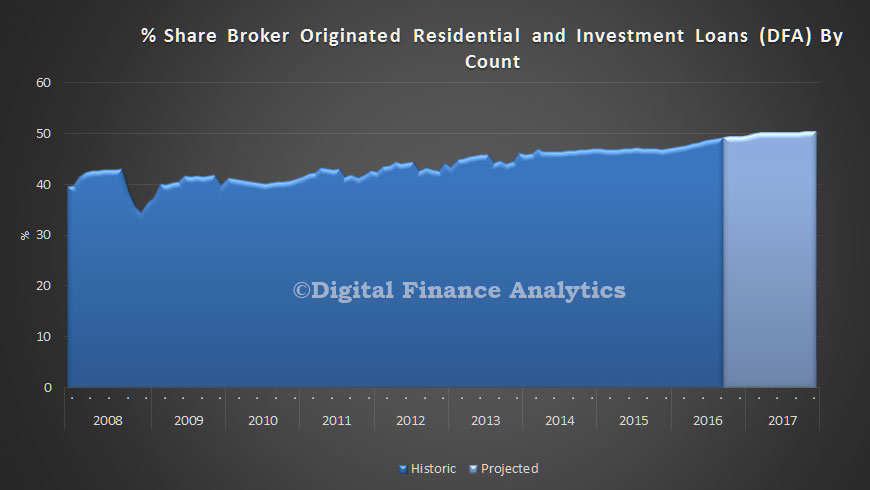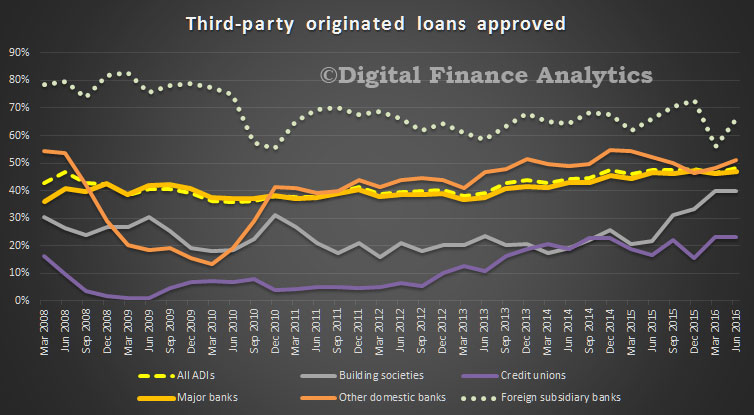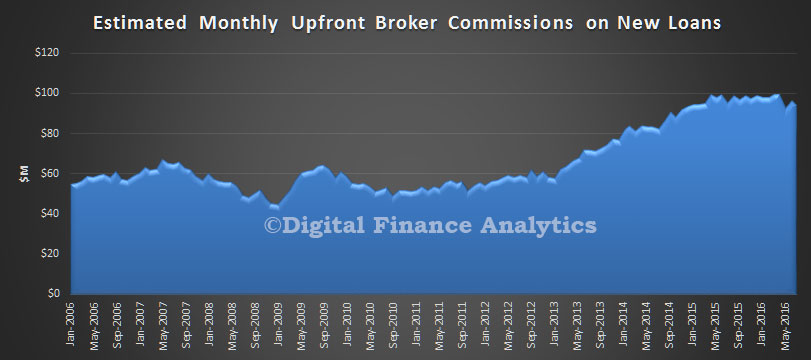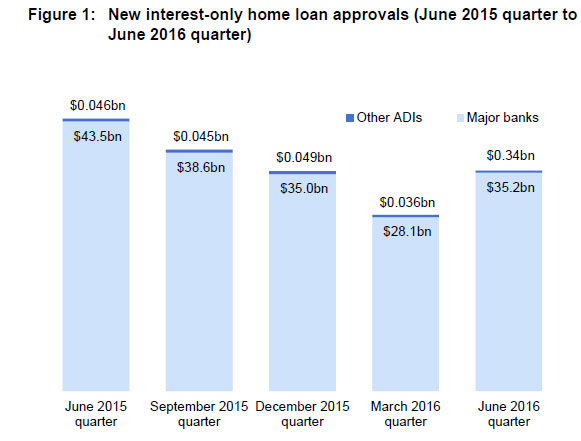From Mortgage Professional Australia.
As brokers, lenders and consumers go head-to-head over ASIC’s remuneration review, the man behind it gives MPA editor Sam Richardson an insider’s view
ASIC launched its review of broker remuneration in November 2015, and since then brokers have talked about little else. It’s very possible you’ve at some point criticised ‘those bureaucrats at ASIC’; if so, Michael Saadat is your man. You won’t find Saadat’s name in the review, but ASIC’s senior executive leader played a huge role in its production, staying behind the scenes. Now, two years later, he’s finally free to talk about the review and how it could change your business.
What ASIC wants
Over two years ASIC collected 200 million data points from 1.4 million home loans, before boiling that data down to 243 pages. “It was a very time-consuming process,” Saadat recalls. “Not only did we look at the raw data and provide conclusions, but we also controlled the data for customer characteristics.”In their quest to achieve an ‘apples for apples’ comparison of broker and non-broker customers, Saadat and his team broke down comparisons into, for instance, the difference in loan amounts taken out by low-income customers going to brokers and to banks.
Now ASIC is explaining its methodology and the data it has collected to the industry.
“We’ve had a few roundtable discussions with stakeholders; we’re planning on having more, and when we speak at industry events or conferences we will definitely be discussing the report and taking questions from people who are interested in hearing more about it,” Saadat says. At the time of writing he was confirmed to speak at the Annual Credit Law Conference in October.
These discussions will chiefly concern ASIC’s six proposals. Firstly, ASIC wants to change the standard commission model to take into account factors other than loan size (1). It also recommends moving away from bonus commissions (2) and soft-dollar benefits (3). ASIC believes there should be clearer disclosure of ownership structures (4) and proposes establishing a new public reporting regime on consumer outcomes and competition in the home loan market (5). Finally, ASIC wants to improve the oversight of brokers by lenders and aggregators (6).
Now that the review has moved into the consultation phase, Saadat is effectively powerless. Under Minister for Revenue and Financial Services Kelly O’Dwyer, the Treasury will be managing the process, in which industry associations, lenders, aggregators, consumer groups and individuals can have their say on the proposals before the end of June. Saadat, however, will not be taking part: “We wouldn’t put in a submission to our own report.”
On the sidelines
ASIC is now consigned to the role of spectator, left on the sidelines, observing the furore surrounding the separate Sedgwick review, which published its final report a few weeks after ASIC’s.Stephen Sedgwick’s Australian Bankers Association-sponsored review ran concurrently with ASIC’s, but Saadat insists there was no collaboration between the two. “[ASIC] did not share any data with him that has not been made public by ASIC,” he says.
Nevertheless, in its final report ASIC did repeatedly refer to Sedgwick’s review and was condemned for doing so by the MFAA and FBAA.
ASIC was right to refer to the Sedgwick review, Saadat insists: “We know the Sedgwick review only covers the banks, and that’s why we said in our report that the banks need to work with the rest of the industry in responding to [ASIC’s] recommendations.”
When writing his report, Saadat had no idea what Sedgwick’s recommendations would be; in fact Sedgwick’s final report was published just 30 minutes before Saadat talked to MPA.
Sedgwick’s recommendations go much further than ASIC’s, urging banks to decouple commission from loan size. ASIC had recommended a change to the standard commission model to avoid incentivising brokers to write larger loans, while recommending that banks work with brokers to develop a response.
Instead the major banks, on the day Sedgwick published his recommendations, all agreed to implement them in full by 2020. This unilateral decision bypassed brokers, ASIC and the Treasury’s consultation process.
Despite this, Saadat says he is “pleased that industry is working to improve remuneration structures to create better outcomes for consumers, and improved trust in the sector”.
Acknowledging the review and the banks’ response, he “encourage[s] all industry stakeholders to provide feedback to Treasury as part of the current consultation process”. Commissions, in Saadat’s view, “are obviously commercial arrangements, and it’s up to both individual banks, aggregators and brokers businesses to work out what those commercial arrangements should be”.
Expanding ASIC
Regardless of whether Saadat or Sedgwick get their way, ASIC’s remit looks likely to expand. Sedgwick and the banks want ASIC to enact regulation to facilitate a move to a new commission structure, while ASIC will play a role in implementing whatever rule changes the government decides to introduce after June. wFurthermore, Saadat explains, “ASIC’s ability to intervene may also be bolstered by law reform proposals that are currently being considered by government, including those recommended by the Financial System Inquiry”.Already Saadat has more immediate work on his plate: a shadow-shopping of brokers by consumers, which he will start planning by the end of 2017. “It is early days,” Saadat says. “We’re planning on commencing that work before the end of this calendar year, and are still working through the detail.” Shadow shopping will take place, Saadat confirms, regardless of the Treasury’s ongoing consultation process on the remuneration review, and “once it kicks off it’s going to be a pretty significant piece of work”.
ASIC’s work will not end with commissions. Instead Saadat and his team are faced with a Sisyphean task. The role of referrers was flagged by the review for further investigation, while consumer groups have demanded more oversight of cross-selling. And, says Saadat, the data that was published was just the tip of the iceberg.
For now it’s up to the industry to make changes, he says. “It was more about us trying to get the industry to respond without being forced by legislation to have change imposed upon them. We think the industry has an opportunity to respond and to take positive steps to make changes that will deliver wimproved consumer outcomes without necessarily needing the government to legislate for changes.”











